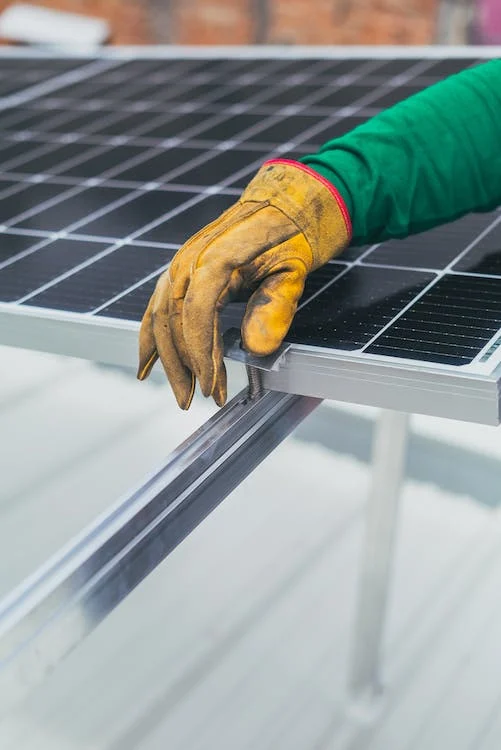Amplifying Solar Accessibility for Renters: U.S. Puts Money into Alternative Solar Technologies
In a strategic move to amplify the United States’ commitment to green energy, the Biden administration recently announced an investment exceeding $80 million. This initiative is targeted towards boosting solar panel production within the country, widening the accessibility of solar energy, and fostering innovation in alternatives to the commonly used silicon-based solar panels.
The Department of Energy unveiled these substantial investments in the early hours, with plans for Energy Secretary Jennifer Granholm to later visit a community solar site in Washington. Community solar represents a diverse set of arrangements that allow individuals, including renters and those without direct control over their rooftops, to tap into the benefits of solar power. A fortnight ago, Vice President Kamala Harris publicized what the administration refers to as the most significant community solar endeavor ever launched in the U.S.
Moving forward, the administration is poised to allocate $52 million towards 19 distinct solar projects spanning a dozen states, a figure that includes $10 million drawn from the infrastructure law. An additional $30 million is earmarked for the development of technologies aimed at seamlessly integrating solar-generated electricity into the grid.
Moreover, the Department of Energy has chosen 25 teams to participate in a competitive program worth $10 million. This initiative is structured to expedite the progress of solar developers who are actively involved in community solar projects.
According to the most recent estimates, the U.S. currently boasts 5.3 gigawatts of installed community solar capacity. The goal is to provide access to this renewable energy source to five million households by 2025. This represents nearly a three-fold increase from the current numbers and is expected to yield $1 billion in electricity bill savings, as per the projections of Becca Jones-Albertus.
This recent funding injection also shines a spotlight on investment in emerging solar technologies, the aim being to extract a higher quantum of electricity from the same volume of solar panels. In the current scenario, only approximately 20% of the sun’s energy is converted into electricity by crystalline silicon solar cells, the mainstay of most solar panels. This investment targets two promising alternatives, perovskite and cadmium telluride (CdTe) solar cells, with the hope of achieving higher efficiency levels. This forward-thinking approach, according to Zaidi, positions the U.S. as the “innovation engine” that will effectively combat the climate crisis.






